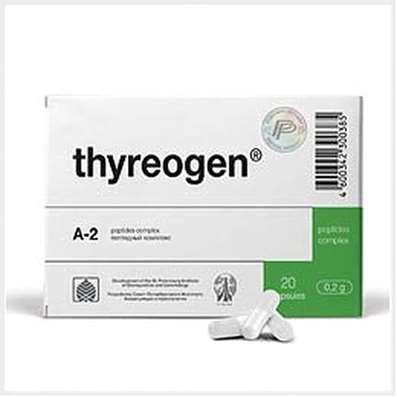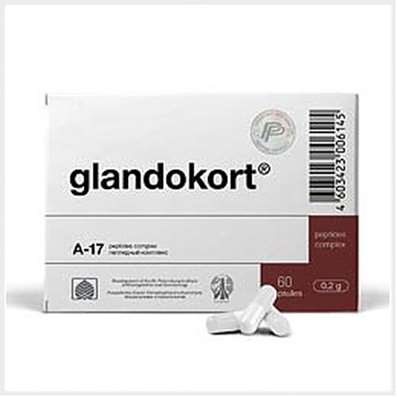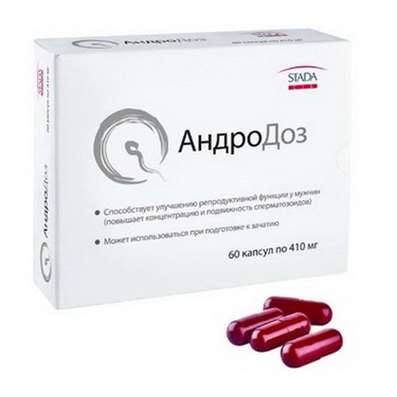Cholinergic receptors - acetylcholine receptors
24 Jan 2018
Transmembrane receptors, the endogenous ligand-agonist of which is acetylcholine.
Acetylcholine serves as a neurotransmitter both in pre- and postganglionic synapses of the parasympathetic system and in preganglionic sympathetic synapses, in a number of postganglionic sympathetic synapses, neuromuscular synapses (somatic nervous system), and in some parts of the central nervous system. Nerve fibers that release acetylcholine from their endings are called cholinergic.
Synthesis of acetylcholine occurs in the cytoplasm of nerve endings; its reserves are stored as bubbles in presynaptic terminals. The onset of the presynaptic action potential leads to the release of the contents of several hundred vesicles into the synaptic cleft. Acetylcholine, released from these vesicles, binds to specific receptors on the postsynaptic membrane, which increases its permeability for sodium, potassium and calcium ions and leads to the appearance of an exciting postsynaptic potential. The action of acetylcholine is limited by its hydrolysis with the enzyme acetylcholinesterase.
Specific cholinergic receptors from the pharmacological point of view are divided into nicotinic (H-receptors) and muscarinic (M-receptors).
Nicotinic cholinergic receptors
The effects of acetylcholine in the region of preganglionic synapses of the parasympathetic and sympathetic systems can be replicated with the introduction of a nicotine alkaloid, so all autonomous ganglia are called nicotine. Nicotine-like transmission of nerve impulses is also carried out in the neuromuscular synapse, CNS, adrenal medulla and in some sympathetic postganglionic regions.
Nicotinic cholinergic receptors are ionotropic and are sodium channels. They consist of five protein subunits, usually two of them have binding sites for acetylcholine.
17 types of subunits of nicotinic receptors (α1-10, β1-4, γ, δ, ε) were revealed. Apparently, they can form a variety of different combinations, but some of them are most often encountered and are most important: (α1) 2β1δε (muscular type), (α3) 2 (β4) 3 (ganglionic type), (α4) 2 (β2) 3 (CNS-type) and (α7) 5 (another CNS-type).
Muscarinic cholinergic receptors
The action of acetylcholine in the region of postganglionic nerve endings is reproduced with the help of another alkaloid, muscarin. In addition to postganglionic synapses, muscarin-like transmission of nerve impulses is carried out in some parts of the central nervous system.
Muscarinic receptors are metabotropic and refer to receptors that are conjugated to G-proteins.
The effects of poisons and medications
Nicotinic receptors are blocked by such poisons as curare and α-bungarotoxin, and muscarinic receptors are blocked by atropine and scopolamine, which determines the symptoms of poisoning with appropriate poisons. Blockade of nicotinic receptors with the help of curare or curare-like drugs is used to immobilize patients during surgical operations.
Myasthenia gravis (Myasthenia gravis)
In this disease against the nicotinic cholinoreceptors of the muscle type, autoantibodies are produced, which leads to progressive muscle weakness.

 Cart
Cart





